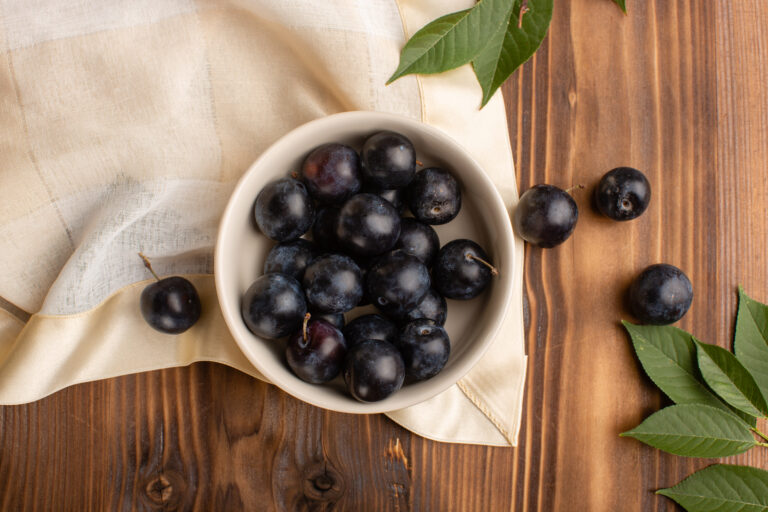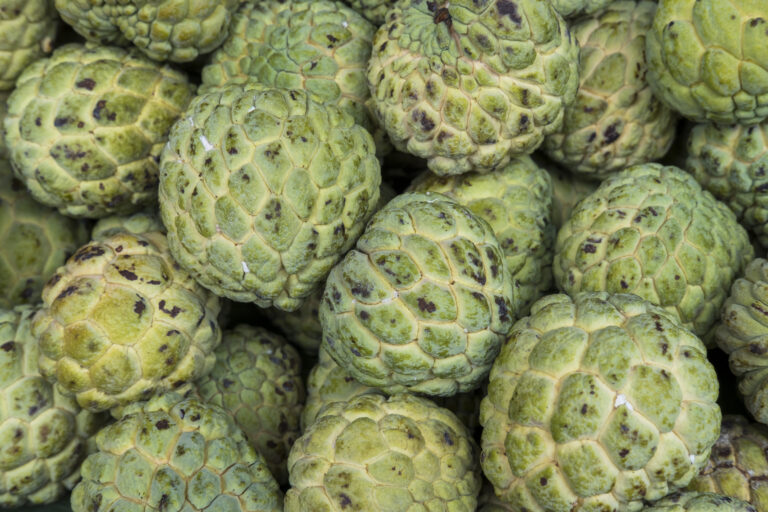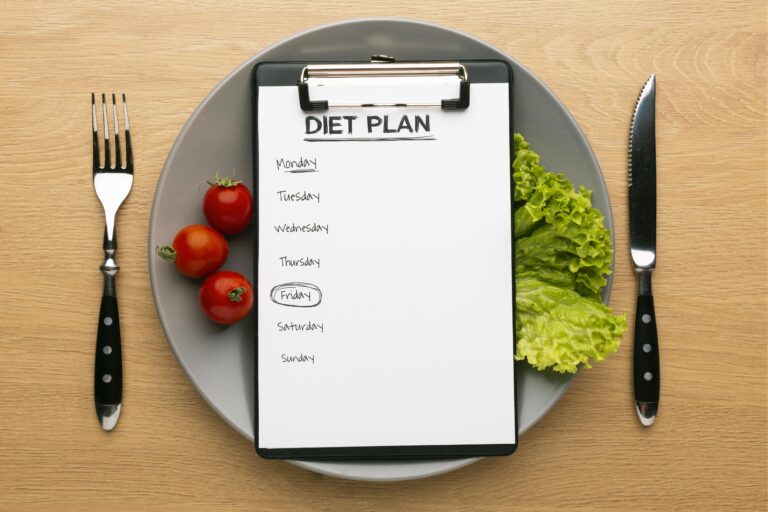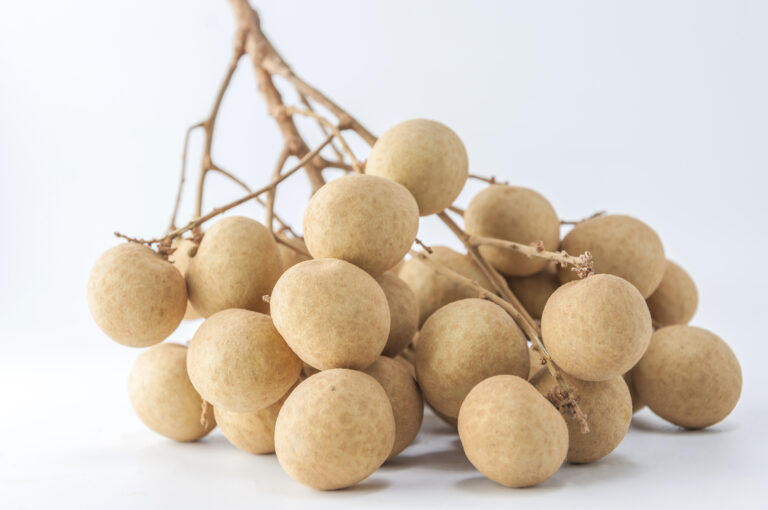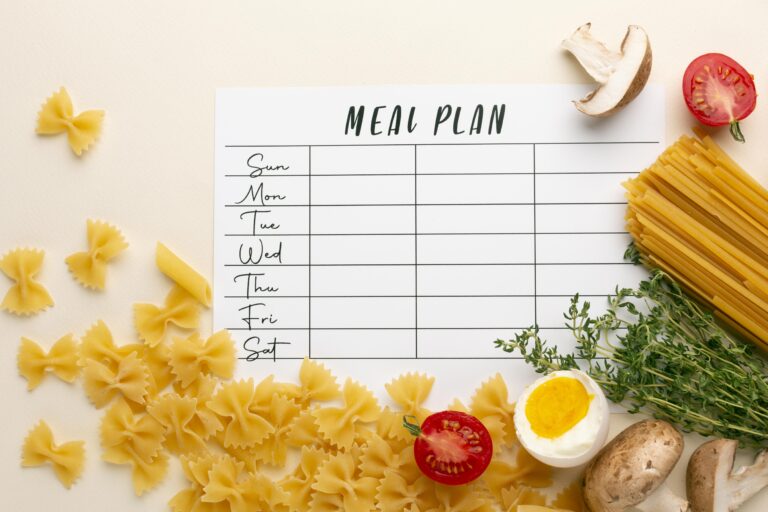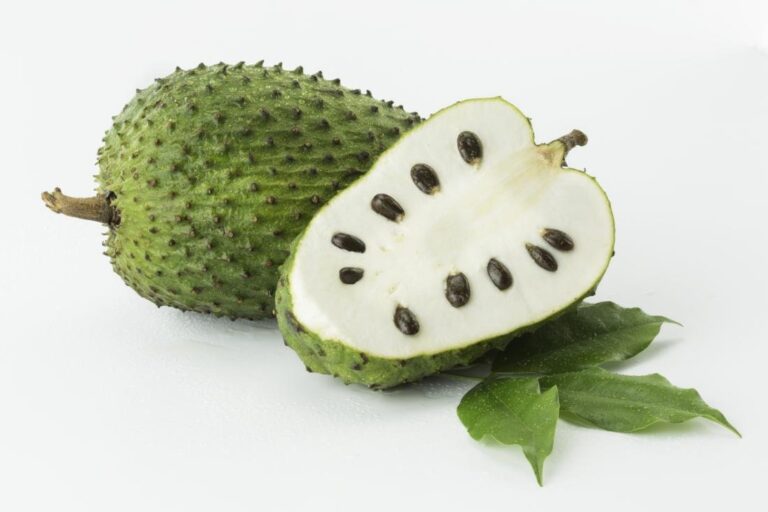The primary goal of the cutting phase is to achieve a lower body fat percentage. While bulking is focused on caloric surplus to facilitate muscle growth, cutting requires a caloric deficit to prompt the body to utilize stored fat for energy.
By reducing body fat, the muscle definition becomes more visible, resulting in a more chiseled appearance.
The cutting phase is a period of focused fat loss after a bulking phase. Its main objective is to reduce body fat while preserving lean muscle mass, resulting in a more defined and cut physique.
In this comprehensive guide, we gonna understanding the principles of how to cut after bulking for anyone looking to transform their body and reveal their muscle definition.
Understanding the Cutting Phase:
Before diving into the cutting phase, it’s essential to comprehend its purpose. Cutting aims to reduce body fat while preserving lean muscle mass gained during bulking. This process involves creating a caloric deficit by consuming fewer calories than your body expends.
The primary goal of cutting is to reveal the muscle definition attained during bulking by shedding excess body fat. This creates a leaner and more defined appearance, showcasing your hard-earned muscle gains.
To initiate the cutting process, determine your Total Daily Energy Expenditure (TDEE) and reduce your caloric intake by 300-500 calories. This deficit prompts the body to utilize stored fat for energy, leading to gradual fat loss.

Choosing the Right Workout Split:
During the cutting phase, the ideal approach is to prioritize moderate to high weights in your strength training routine. While it may be tempting to reduce the weight and increase the number of repetitions to focus on fat burning, lifting heavier weights is more effective for preserving muscle mass.
When you lift moderate to heavy weights, it signals your body to maintain its existing muscle tissue. This is essential during cutting, as you want to retain as much muscle as possible while shedding body fat. Additionally, lifting heavier weights helps to maintain strength levels and prevents the loss of muscle size and strength.
On the other hand, lifting light weights with high repetitions may not provide enough stimulus for muscle retention and growth. While it can still burn calories, it may not be as effective in preserving muscle mass as lifting heavier weights targeting.
- Perform full-body workouts three times a week, targeting all major muscle groups in each session.
- Divide your workouts into upper body and lower body days, allowing you to focus on specific muscle groups with higher intensity.
- Organize your workouts into push (chest, shoulders, triceps), pull (back, biceps), and legs days for effective muscle
Cardiovascular Training:
Cardiovascular exercises enhance fat burning during cutting and improve overall cardiovascular health.
Cardio boosts caloric expenditure, aiding in fat loss while complementing your dietary efforts. It also improves cardiovascular endurance and boosts metabolism.
Consider incorporating both High-Intensity Interval Training and steady-state cardio into your routine. High-Intensity Interval Training involves short bursts of intense exercise, while steady-state cardio involves moderate intensity for an extended period.
Designing Your Cutting Diet:
A well-balanced cutting diet is crucial for effective fat loss while maintaining muscle mass.
Protein is essential for preserving muscle during cutting. Aim to eat 1.2–1.6 grams of protein per kilogram of body weight per day. Lean protein sources like:
- Chicken
- Turkey
- Fish
- Tofu are ideal choices

Adjust carbohydrate and fat intake to complement your protein intake. Focus on complex carbohydrates from sources like:
- Brown rice
- Quinoa
- Vegetables
- Healthy Fats from avocados and nuts
The cutting phase is a strategic and challenging aspect of the fitness journey. By understanding its purpose, implementing a balanced diet, and staying committed to regular exercise, individuals can achieve their body composition goals and unveil a leaner and more defined physique.




